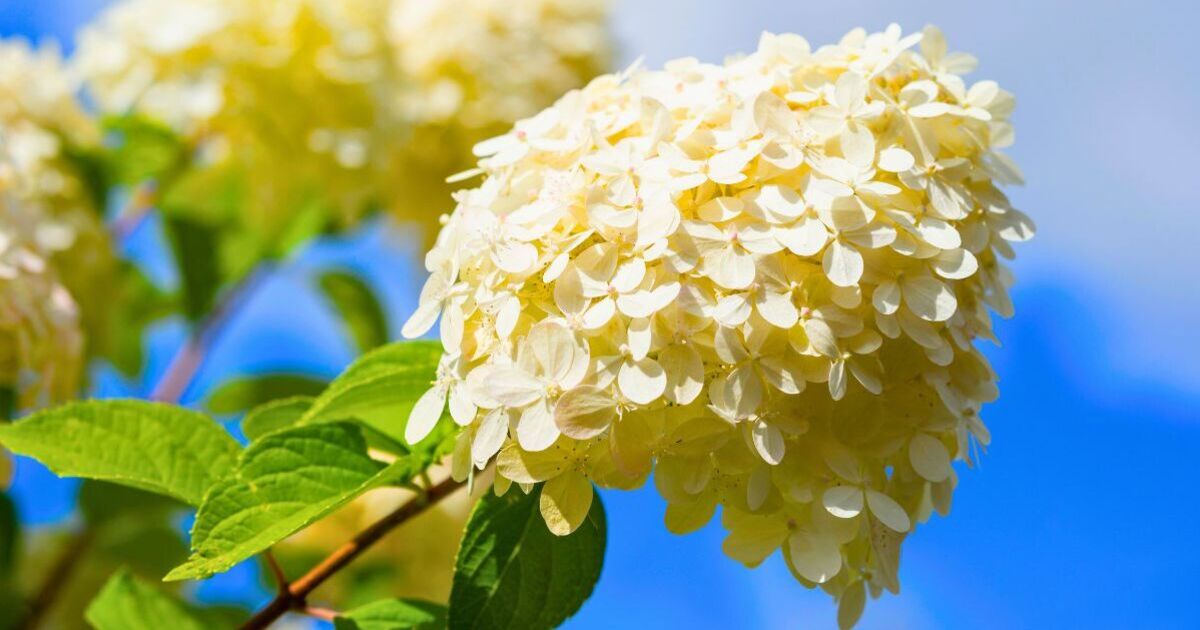Hydrangeas are thirsty flowers, especially in spring, and need to be watered regularly to focus on growing strong shoots to support their summer blooms. If hydrangeas are underwatered, they can easily become stressed and not develop strong enough shoots for flower production, which will result in a weak plant with hardly any buds.
As the temperature heats up, hydrangeas need to be watered properly, and there is a simple way to keep to happy and encourage bigger flowers: using sheep wool. It may sound bizarre, but the farmers at The Celtic Farm have shared that wool is a “powerful tool” in gardening that is often overlooked but can keep a garden watered for longer.
They explained: “Wool fibres can hold up to 30 percent of their weight in water, making them excellent for moisture retention. This helps reduce the frequency of watering, protects plants from drought stress, and promotes healthy root development.”
Sheep wool acts like a natural sponge by soaking up rain and slowly releasing moisture back into the soil, which helps hydrangeas stay hydrated longer without constant watering.
Not only does sheep wool keep plants watered, but it is also a natural fertiliser as it contains plenty of nitrogen, which is the nutrient plants greatly need in spring as it helps them grow stronger roots and stems.
A hydrangea that has enough nitrogen will have a stronger foliage to support flowering, so you are more likely to get bigger and more abundant flowers in summertime.
Wool is a coarse texture which can smother weed seeds to prevent them from germinating, and also contains lanolin, a waxy oil that slugs hate as it dries out the mucus on their bodies.
The expert said: “Wool pellets also act as a natural weed suppressant and can help deter pests like slugs and snails due to their fibrous texture.
“By using pelletised wool, you not only provide your plants with essential nutrients but also improve soil health and structure, leading to more vigorous and resilient plants. Give it a try and see the difference in your garden!”
How to use sheep wool to help hydrangeas grow
Many garden centres or online stores will sell sheep wool as a mulch, but you can also buy wool pellets made of compressed wool.
To use pelletised wool, simply mix the pellets into the soil around a hydrangea plant and then water it. You will only need one to two handfuls per plant.
If you are using sheep wool mulch, clear the ground and then spread a thin layer around the hydrangeas.
Make sure to keep the base of the plant clear, as too much water to prevent moisture buildup up which could lead to the roots rotting.
No matter what method you use, ensure the wool is spread evenly across the soil to avoid forming thick clumps. Thick layers can trap excess moisture, potentially leading to mould or fungal growth.
Once you have added the sheep wool, simply give it a good watering, and your hydrangeas will be kept watered for the rest of spring and summer.

